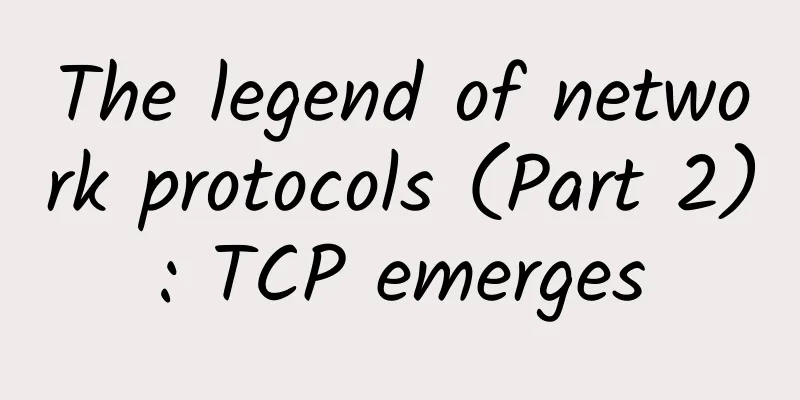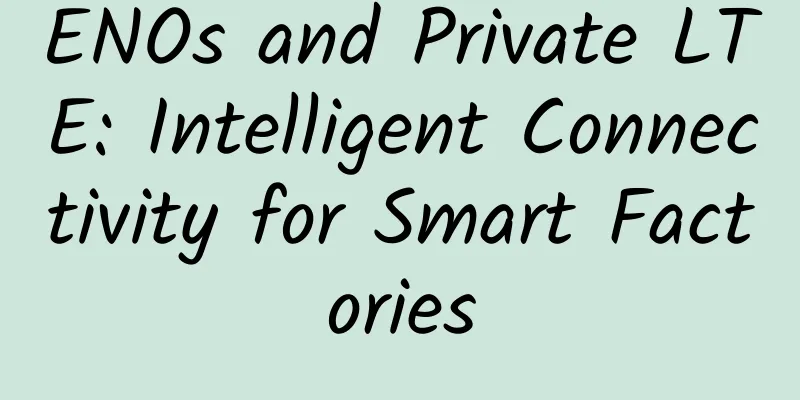Four questions and answers to help you understand the principles and applications of blockchain in seconds

|
Starting with Bitcoin, the decentralized and data-unalterable features of blockchain technology are increasingly considered to have the potential to overturn the basis of human transactions for thousands of years. Although there are concerns that Bitcoin's network computing power is currently monopolized by a few people, blockchain technology has become a growing branch of Fintech with the active embrace of start-ups and banks in various countries. As a new generation of decentralized database, blockchain has great application imagination and development potential, and can be seen from the financial field to the Internet of Things and cloud computing.
What is Bitcoin? To explain that blockchain is inevitable, we must first talk about Bitcoin. Bitcoin is a new type of digital asset and transaction model invented by Satoshi Nakamoto. He proposed this concept in a cryptography discussion group on November 1, 2011. The most important thing is that he successfully used the concept of "blockchain" to make the account book public, so that the biggest problem of virtual currency, "duplicate deductions", can be solved. Users are willing to contribute the computing power of the CPU and run a special software to become a "miner". This will form a network to jointly maintain the regional chain, and new currency will be generated in the process. Transactions are also spreading on this network. Computers running this software compete to crack irreversible cryptographic puzzles, which include several transaction data. The first "miner" who solves the puzzle will receive a reward of 50 bitcoins, and the relevant transaction area will be added to the chain. As the number of "miners" increases, the difficulty of each puzzle also increases, which keeps the Bitcoin production rate of each transaction area at about 1 per 10 minutes. In addition, every time 210,000 areas are reached, the reward will be halved, from 50 bitcoins to 25, and then from 25 to 12.5, and so on. In this way, by 2140, bitcoins will reach the predetermined upper limit of 21 million. A decentralized, trustworthy virtual payment system for tracking transactions has been successfully established. The price of bitcoin reached a record high of $979.45 in November 2013 and is currently around $400. What is the principle of blockchain? Let’s take Bitcoin’s blockchain as an example. The blockchain can be considered as a public ledger with the following characteristics:
Of course, the consensus algorithm and core mechanism on the blockchain still have security concerns, such as a 51% attack. If someone can control 51% of the computing power of the entire network, they have the opportunity to rewrite the entire blockchain and cause the system to crash. This crisis is more difficult to occur in larger systems. After all, it means that hackers have to capture the data centers of several giants before the incident. What financial applications does blockchain include? Blockchain technology integrates mathematics, encryption technology and economic models. Its purpose is to maintain a database of network relationships consisting of multiple participants without the need for third-party institutions to assist in verification and reconciliation. In simple terms, it is a secure distributed ledger. At present, blockchain applications can be divided into three categories in terms of scale:
Bitcoin has been under attack from central banks since 2013. The biggest reason is its anonymity. Everyone can get all the blocks, but they cannot use the blocks to track the actual transaction users. To make the government and the public gradually accept it, it is necessary to add a recognition system to strengthen security and avoid money laundering concerns. After building a blockchain of sufficient scale, in addition to smart contracts, blockchain can also be used for crowdfunding, cross-border exchange, and issuance of valuable assets. Currently, more and more software companies are joining the battle. IBM announced the Open Ledger Project based on the Linux Foundation, which will provide libraries for other organizations to build their own blockchains. The startup Openchain provides an open source distributed ledger technology, where ledger managers can quickly define the authentication rules of the ledger, and then users can transfer their digital assets to it at will, just like Bitcoin. What other applications does blockchain have? In addition to the innovation in finance, the two major features of blockchain: decentralization and data cannot be unilaterally tampered with (indelible ledger), can be used to combine with the current most popular "Internet of X" concept. The innermost circle M2M (Machine to Machine) is the most basic mechanism, using various communication methods to connect machines to share "data". The IoT (Internet of Things) on it begins to build a network of connected machines and use valuable data to build "services". Next, it develops into the IoE (Internet of Everything) concept proposed by Cisco. It contains elements such as data, things, processes, and even people. Unlike the Internet of Things (IOT), the Internet of Everything (IoE) concept focuses on establishing "human connections", and its methods include various Internet of Things, wearable devices, smart homes, social networks (Facebook, Instagram), etc. At that time, individuals will become a network node that cannot be separated from the Internet of Everything IoE with the help of physical connections (wireless transmission) and spiritual connections (interpersonal relationships, online communities). Speaking of the recently buzzing IoV (Internet of Value), it can conceptually cover everything discussed above, because when data, computing power and even currency can be freely transmitted via the Internet, the currency pricing methods that humans have used for thousands of years, from barter to various metal-based methods, will be impacted. But to be honest, I don’t think this will happen in the foreseeable future, because it fundamentally impacts the human political and financial system, and the vested interests will definitely do their utmost to stop it. Blockchain is a shortcut to IoV. It allows users to transfer ownership in a snap, without the risk of default or manipulation by a third party. It can automate transactions and create a perfect and reliable digital record. Blockchain technology does not require trusted middlemen (such as banks, governments, etc.), and can provide higher integrity, stronger auditing capabilities, and better supervision. Therefore, blockchain technology can be used not only in various financial transactions, but also in various public and private fields such as business contracts, taxation, voting, medical records, digital passports, and the issuance of digital currencies, covering almost every aspect of daily life. Popular sharing economy platforms, such as Airbnb and Uber, rely on the reputation and quality of service providers to survive. Airbnb has also recruited blockchain experts to fill the loopholes in its trust mechanism, making the evaluation between landlords and tenants more objective and credible. Its block expansion mechanism can even be combined with deep learning to create more sparks. |
Recommend
TripodCloud: US CN2 GIA line VPS hosting $38.99/half year, 1Gbps bandwidth, optional large hard disk
Many friends are looking for CN2 GIA line VPS hos...
An overlooked "secret weapon" in the 5G era may break the market monopoly
Recently, the Ministry of Industry and Informatio...
Detailed explanation of 5G communication: current status of 5G technology and future trends
Since 2016, 5G has become increasingly popular. A...
The fourth largest operator is here! China Radio and Television said it will officially start 5G number distribution operations as soon as possible
[[436288]] Last weekend, the 2021 China 5G+ Indus...
10gbiz: Dedicated server promotion from $36.6/month, 1Gbps unlimited traffic server from $118/month, US/Japan/Korea/Hong Kong data centers
10gbiz has released this month's promotion, w...
Huawei Enjoy 10S, the year-end flagship phone worth 1,000 yuan, is officially released with full screen and camera upgrades
As the year draws to a close, the smartphone indu...
spinservers: $59/month - E3-1280v5, 32GB memory, 1TB NVMe, 30TB/10Gbps bandwidth
spinservers has just released several promotional...
Net profit increased by 10%: How did China Unicom achieve its goal of implementing three strategies?
2020 is a challenging year, and it has not been e...
RAKsmart New Year Event: E3 servers starting at $30/month, 30% off on all VPS, popular VPS starting at $1.99/month
RAKsmart is a foreign hosting company operated by...
spinservers: $99/month-E3-1280v5/32GB/1TB NVMe/1Gbps unlimited traffic/Dallas data center
spinservers has a large stock of 1Gbps unlimited ...
CloudCone: $17.77/year KVM-512MB/100GB/3TB/Los Angeles MC Data Center
CloudCone's large hard disk VPS host is back ...
edgeNAT: 20% off monthly VPS and 30% off annual VPS, free CDN when you buy VPS
edgeNAT has launched a new CDN product this month...
BGPTO: Singapore dedicated server $49/month, E3-1230v3/16GB/480G SSD/10M (CN2)
BGPTO currently offers a special discount code fo...
Sharktech upgrades bare metal, Los Angeles/Denver/Chicago/Netherlands high-defense servers starting at $79/month, 1~10Gbps unlimited traffic
Sharktech upgraded its website and products this ...
The three major operators are deploying 5G! The Ministry of Industry and Information Technology finalizes the initial frequency bands
5G will be put into large-scale commercial use as...
![[Black Friday] BandwagonHost offers 10% off on all items, starting at $44.9 per year, CN2 GIA line 10Gbps bandwidth optional](/upload/images/67cac21ad5baa.webp)








